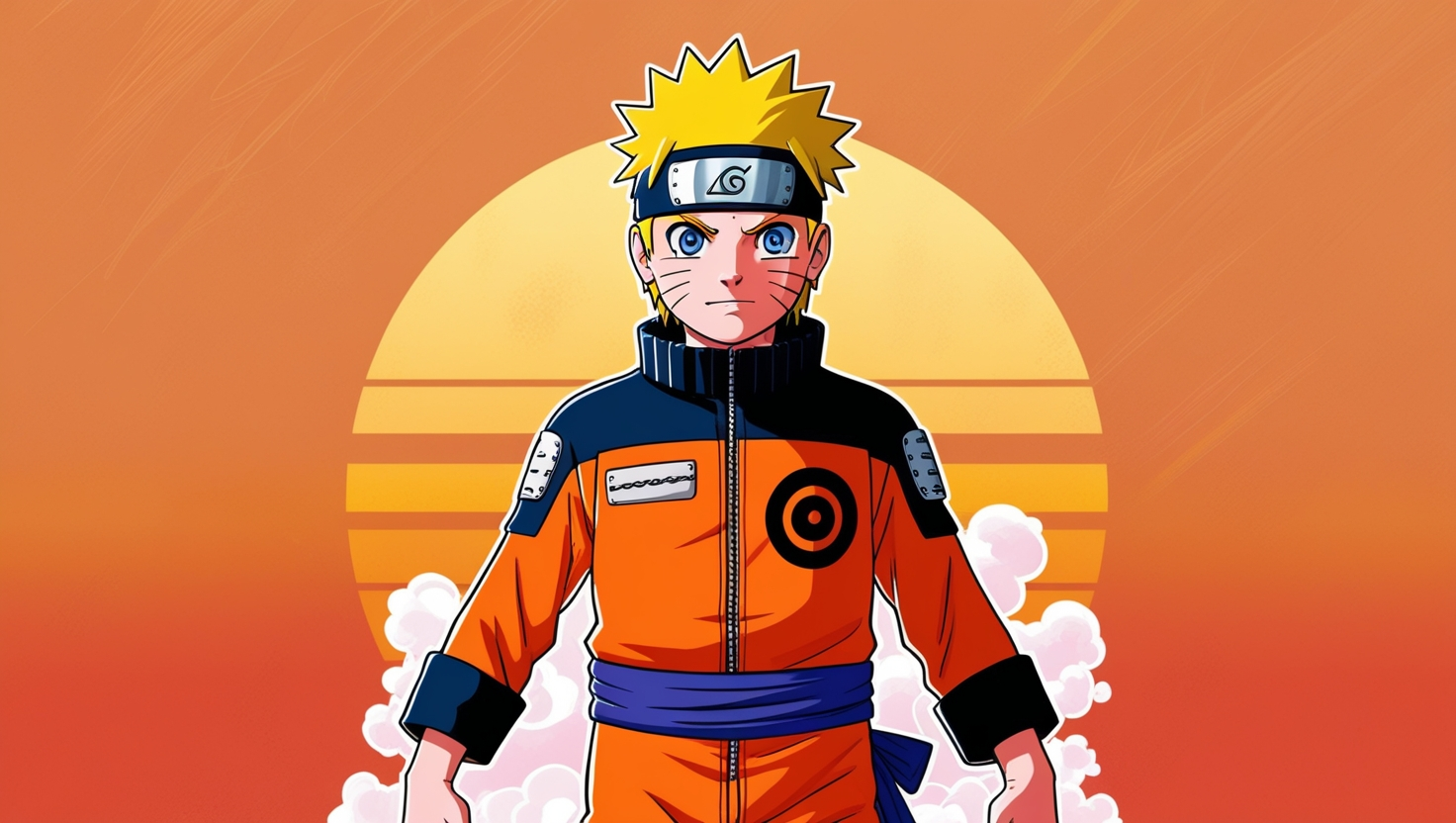- Your cart is empty
- Continue Shopping
A Comprehensive Overview of Naruto

Naruto, a legendary manga and anime series, has enchanted countless fans globally with its compelling narrative, relatable characters, and exhilarating action. Created by Masashi Kishimoto, this extraordinary tale chronicles the adventures of Naruto Uzumaki, a young ninja aspiring to become the Hokage, the leader of his village. The series explores themes of friendship, perseverance, and the eternal struggle between good and evil, solidifying its status as a cultural landmark. In this article, we will thoroughly examine the sasuke:xxtr_kn9ifu= naruto delving into its origins, significant characters, key story arcs, and its impact on popular culture.
The Origins of Naruto
Naruto made its initial appearance as a manga series in Weekly Shonen Jump in 1999 and quickly rose to become one of the most beloved and enduring manga series ever. The story continued until 2014, culminating in a collection of 700 chapters spread across 72 volumes. Its remarkable success led to an anime adaptation that aired from 2002 to 2017, divided into two main segments: “Naruto” (220 episodes) and “Naruto: Shippuden” (500 episodes). Both the manga and anime were pivotal in introducing Japanese culture and storytelling to audiences worldwide.
The World of Naruto
The narrative unfolds in a fictional realm deeply rooted in traditional Japanese culture, folklore, and mythology. This realm comprises various nations, each housing hidden villages where ninjas (shinobi) train and live. The focal point of Naruto is the Hidden Leaf Village (Konohagakure), situated in the Land of Fire.
Essential Characters in Naruto
The depth of the Naruto story is enriched by its diverse ensemble of characters, each possessing unique skills, personalities, and backstories. Below is a summary of some of the most crucial figures:
1. Naruto Uzumaki
Naruto serves as the central character of the series, an orphan determined to become the Hokage of the Hidden Leaf Village. Despite facing rejection due to the nine-tailed fox demon (Kurama) sealed within him, he is committed to earning recognition and proving his worth. His signature abilities include the Shadow Clone Jutsu and the Rasengan.
2. Sasuke Uchiha
Sasuke is Naruto’s close friend and rival. As the last living member of the Uchiha clan, he seeks revenge against his older brother, Itachi, who killed their family. He is a highly skilled ninja with exceptional abilities like the Sharingan and Chidori.
3. Sakura Haruno
Sakura is a vital member of Naruto’s team and a talented kunoichi (female ninja). Although she starts with limited combat skills, she becomes a powerful fighter under the guidance of Tsunade, mastering medical ninjutsu and superhuman strength.
4. Kakashi Hatake
Kakashi, the leader of Team 7, consists of Naruto, Sasuke, and Sakura. Known as the “Copy Ninja,” he is highly skilled and possesses the Sharingan in his left eye, enabling him to replicate various techniques.
5. Itachi Uchiha
Itachi, Sasuke’s elder brother, is one of the series’ most intricate characters. Initially seen as a villain, his backstory unveils noble intentions and sacrifices for the village’s welfare.
Key Story Arcs in Naruto
Naruto’s journey comprises several major story arcs, each contributing to his evolution as a character and the overall plot. Here are some of the most significant arcs:
1. The Land of Waves Arc
This arc marks the first major mission for Naruto, Sasuke, Sakura, and their leader, Kakashi. They must protect a bridge builder from mercenaries hired by a corrupt businessman. This arc introduces many central themes and lays the foundation for character development.
2. Chunin Exam Arc
The Chunin Exam serves as a tournament where young ninjas compete to advance in rank. This arc introduces various new characters and features memorable battles, such as Naruto vs. Neji and Sasuke vs. Gaara. It also brings in Orochimaru, one of the main antagonists.
3. The Sasuke Retrieval Arc
After being influenced by Orochimaru, Sasuke decides to leave the Hidden Leaf Village to gain power. Naruto and his friends embark on a mission to bring him back, resulting in intense confrontations that test each character’s limits.
4. Pain Invasion Arc
This arc represents one of the series’ most dramatic moments, as the Akatsuki leader, Pain, attacks the Hidden Leaf Village. Naruto’s battle against Pain is pivotal, showcasing his growth as a shinobi and his role as a savior.
5. The Fourth Great Ninja War Arc
The final major arc of the series brings together all the shinobi nations to combat the Akatsuki and the resurrected Madara Uchiha. This arc is filled with epic battles, emotional moments, and significant revelations about the Naruto world.
Themes and Morals in Naruto
The Naruto series extends beyond mere action and adventure; it explores profound themes that resonate with its audience. Here are some central themes:
- Perseverance and Hard Work: Naruto’s transformation from an outcast to a hero illustrates that determination and hard work can overcome any hurdle.
- Friendship and Bonds: The relationships among Naruto, Sasuke, and Sakura highlight the significance of friendship, loyalty, and the strength derived from genuine connections.
- Forgiveness and Redemption: Characters like Itachi and Nagato (Pain) emphasize themes of forgiveness and redemption, showing that people can change despite their past actions.
Naruto’s Influence on Popular Culture
Since its launch, Naruto has significantly impacted popular culture. The series has inspired numerous other manga and anime, while its characters and themes have achieved iconic status. The well-known “Naruto run,” where characters dash with arms stretched behind them, has evolved into a global meme. Additionally, merchandise, video games, movies, and spin-off series like Boruto: Naruto Next Generations have further solidified Naruto’s legacy.
Frequently Asked Questions (FAQs)
Q1: What makes Naruto so appealing?
Naruto’s charm lies in its captivating storyline, relatable characters, and universal themes that stress perseverance, friendship, and triumph over challenges.
Q2: How many episodes are in Naruto?
The original “Naruto” series consists of 220 episodes, while “Naruto: Shippuden” contains 500 episodes, totaling 720 episodes across the entire anime.
Q3: Is watching Naruto worthwhile?
Definitely! Naruto presents a remarkable blend of action, drama, and character growth, making it one of the most cherished anime series ever.
Conclusion
Naruto transcends being a simple story about ninjas; it narrates a powerful tale of growth, resilience, and the pursuit of dreams. From its well-crafted characters to its intricate plotlines, Naruto has made a lasting impact on the manga and anime landscape. Whether you’re a long-time follower or new to the series, the legacy of Naruto Uzumaki and his journey to heroism is undeniably captivating.

